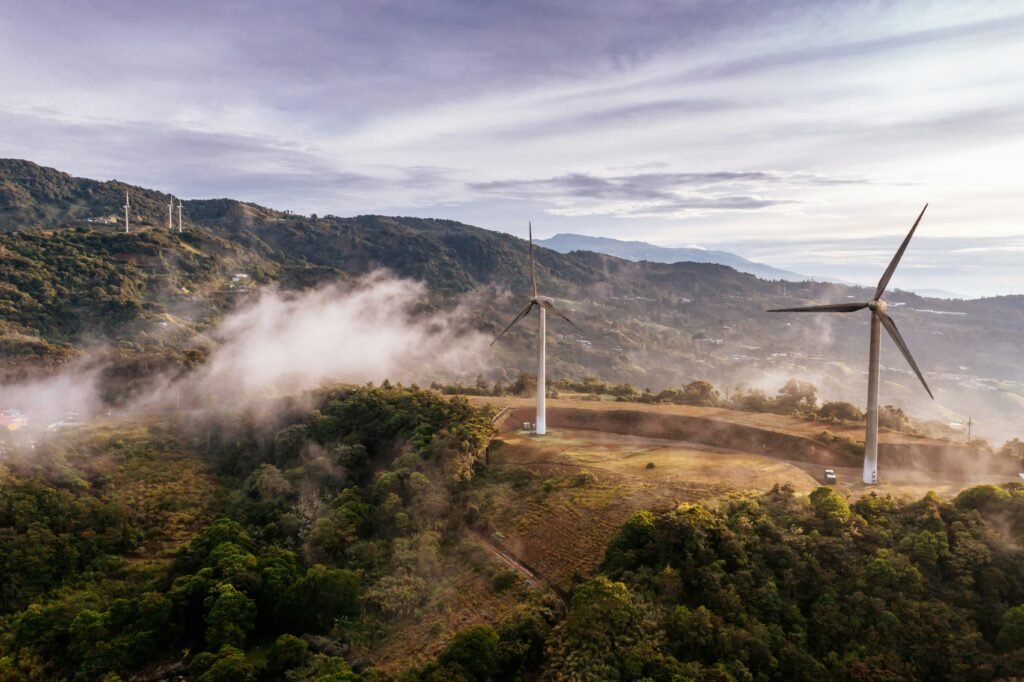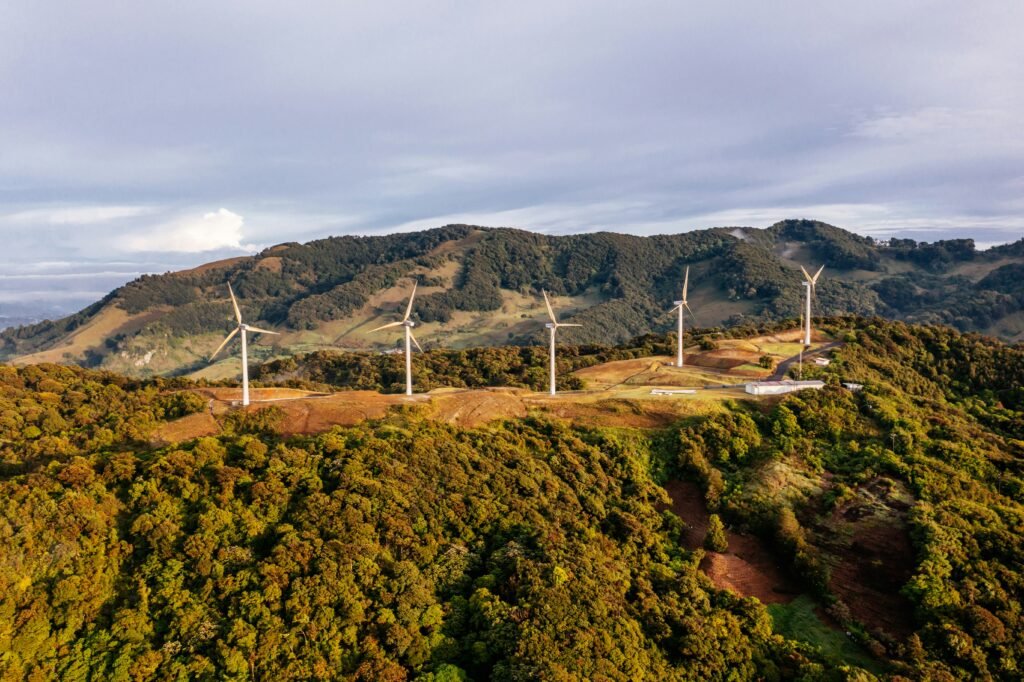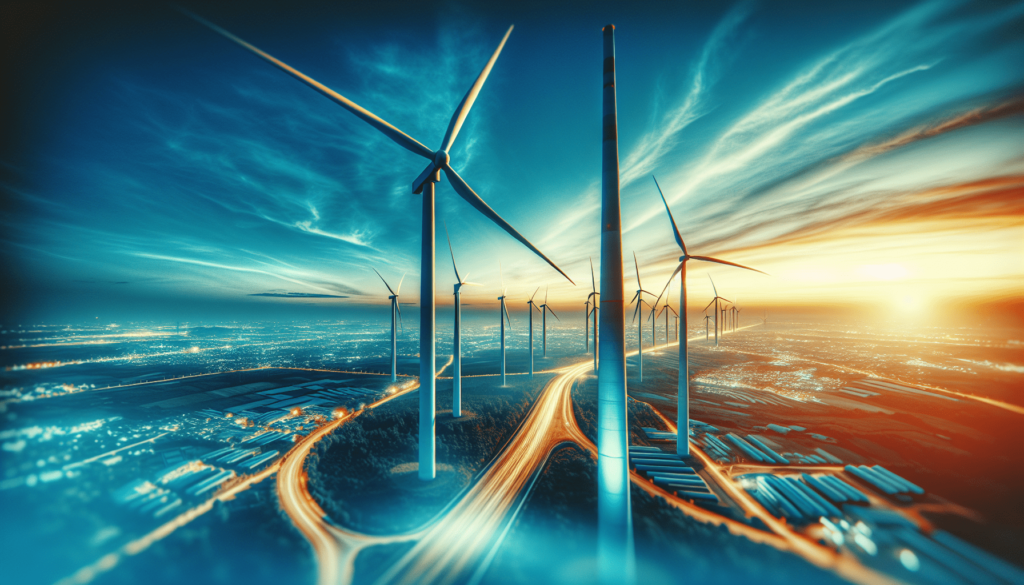What are the economic implications of investing in renewable energy infrastructure?

Understanding Renewable Energy Infrastructure
Investing in renewable energy infrastructure involves the development and installation of various forms of sustainable energy sources such as solar, wind, hydroelectric, and geothermal power. These Renewable energy sources aim to replace traditional fossil fuels like coal, oil, and natural gas to reduce greenhouse gas emissions and combat climate change.
Benefits of Renewable Energy Infrastructure
By investing in renewable energy infrastructure, you contribute to a cleaner environment by reducing air and water pollution. This shift away from fossil fuels towards sustainable energy sources reduces dependence on imported fuels, increases energy security, and creates job opportunities in the renewable energy sector.
Economic Impacts of Investing in Renewable Energy Infrastructure
The economic impacts of investing in renewable energy infrastructure are multifaceted and can positively affect various aspects of the economy including job creation, energy costs, economic growth, and global competitiveness.
Job Creation
Investing in renewable energy infrastructure leads to the creation of new jobs in manufacturing, installation, maintenance, and research and development of renewable energy technologies. These jobs are often local, providing employment opportunities in communities where renewable energy projects are developed.
Energy Costs
Renewable energy sources have the potential to stabilize and reduce energy costs over time. Unlike fossil fuels, which are finite resources and subject to price fluctuations, renewable energy sources like solar and wind power have lower operating costs once the infrastructure is in place. This can lead to long-term cost savings for consumers and businesses.
Economic Growth
Investments in renewable energy infrastructure can stimulate economic growth by attracting private and public capital into the renewable energy sector. These investments can drive innovation, increase productivity, and diversify the economy, leading to sustainable economic development.
Global Competitiveness
Countries that invest in renewable energy infrastructure can enhance their global competitiveness by leading the transition to a low-carbon economy. By developing and exporting renewable energy technologies, these countries can capture a share of the growing global market for clean energy solutions.

Policy Support for Renewable Energy Infrastructure
Government policies play a crucial role in supporting investments in renewable energy infrastructure. Policy mechanisms such as incentives, subsidies, tax credits, and renewable energy targets can create a favorable environment for renewable energy development and drive investment in sustainable energy projects.
Renewable Energy Incentives
Government incentives like feed-in tariffs, renewable energy certificates, and production tax credits can make renewable energy projects financially viable and attractive to investors. These incentives provide financial support to renewable energy developers and help offset the initial costs of building renewable energy infrastructure.
Renewable Portfolio Standards
Renewable portfolio standards (RPS) require utilities to generate a certain percentage of their electricity from renewable sources. By mandating the use of renewable energy, RPS policies create a demand for renewable energy infrastructure and encourage investment in clean energy projects.
Carbon Pricing
Carbon pricing mechanisms such as carbon taxes or cap-and-trade systems can internalize the external costs of carbon emissions and incentivize the transition to low-carbon energy sources. By putting a price on carbon, these policies make renewable energy more cost-competitive relative to fossil fuels.

Financial Mechanisms for Renewable Energy Investments
Various financial mechanisms are available to support investments in renewable energy infrastructure and facilitate the transition to a sustainable energy system. These mechanisms help reduce financial risks, attract investment capital, and accelerate the deployment of renewable energy technologies.
Green Bonds
Green bonds are financial instruments used to raise capital for environmentally friendly projects, including renewable energy infrastructure. These bonds are typically issued by governments, corporations, or development banks and are earmarked for investments in clean energy projects that reduce greenhouse gas emissions.
Public-Private Partnerships
Public-private partnerships involve collaboration between government entities and private investors to finance and develop renewable energy projects. By sharing risks and resources, these partnerships can leverage private sector expertise and public sector funding to drive the deployment of renewable energy infrastructure.
Renewable Energy Investment Tax Credits
Renewable energy investment tax credits provide tax incentives to investors in renewable energy projects, reducing the upfront costs of developing renewable energy infrastructure. These tax credits can attract private investment in clean energy projects and accelerate the transition to a low-carbon energy system.

Case Studies: Economic Impact of Renewable Energy Investments
Germany
Germany has been a global leader in renewable energy investments, particularly in wind and solar power. The country’s Energiewende policy aims to transition to a sustainable energy system by promoting renewable energy deployment, energy efficiency, and carbon emissions reduction.
The economic impact of Germany’s renewable energy investments has been significant, creating jobs in the renewable energy sector, reducing energy costs for consumers, and stimulating economic growth through innovation and exports of renewable energy technologies.
China
China is the world’s largest investor in renewable energy infrastructure, with substantial investments in solar, wind, hydroelectric, and biomass power. The country’s rapid expansion of renewable energy capacity has led to job creation, reduced air pollution, and enhanced energy security.
By investing in renewable energy infrastructure, China has become a global leader in clean energy technology and manufacturing, exporting renewable energy products to international markets and enhancing its global competitiveness in the clean energy sector.

Conclusion
Investing in renewable energy infrastructure has significant economic implications, including job creation, energy cost savings, economic growth, and global competitiveness. By supporting policies that incentivize renewable energy development, implementing financial mechanisms to attract investment, and learning from successful case studies, countries can accelerate the transition to a sustainable energy system and reap the economic benefits of investing in renewable energy infrastructure.




